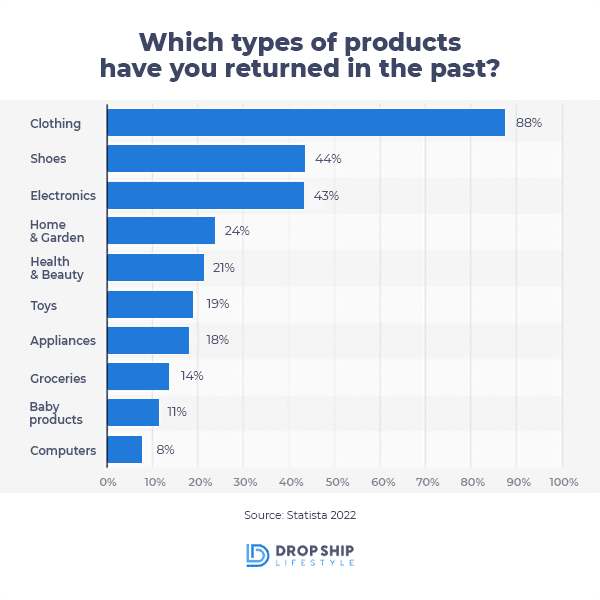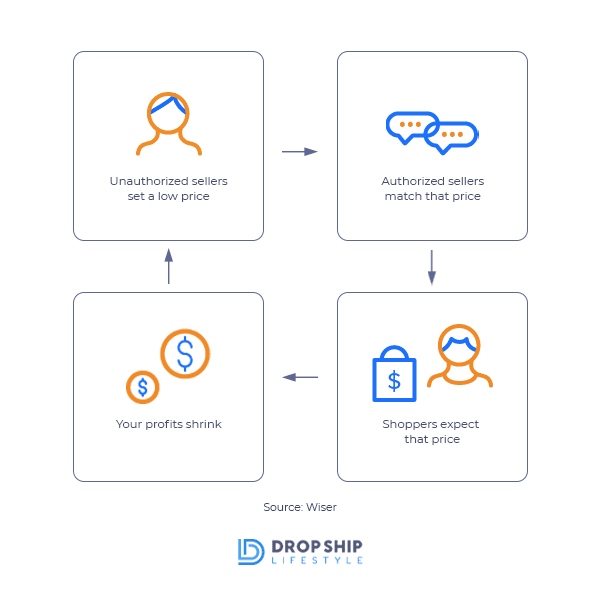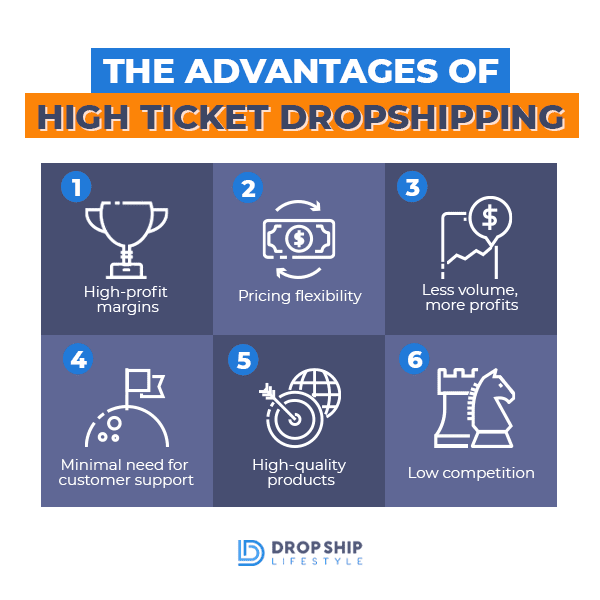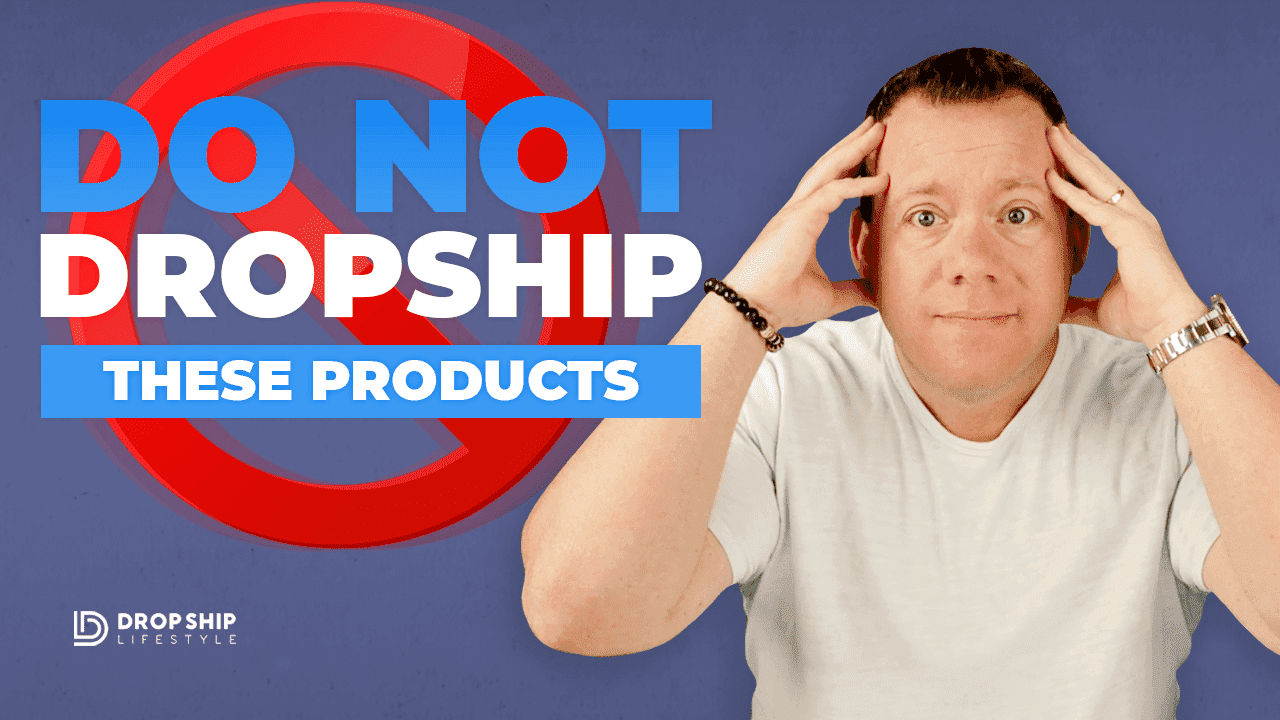In the dropshipping business, the products you choose to sell can make or break you. While there are plenty of products out there that are great choices if you want to operate a successful dropshipping business, there are also products that don’t work well for this type of business model.
Whether you’re looking to start a brand-new store or launch a new product line, researching the items you plan to sell in your store is crucial. There are three major layers to this, which include conducting research at the niche, supplier, and product levels.
This article will dive into all three of these phases in order to help you understand how to build a profitable business—and to ensure you don’t waste your time on the wrong products. Read on to find out how you can choose products that will actually make you money, and how to steer clear of the ones that won’t:
Researching Your Niche
Your niche is one of the biggest determining factors of your business’ success. A niche is essentially the specialized industry your store will operate within. One of the most important factors to think about when choosing your niche is customer service intensity. This means you need to consider how much help, attention, and contact your customers will require from you once they buy your products.
There are a few things to watch out for as you choose your niche, which this section will explain:
Customer Service
Keeping your customers happy is non-negotiable in the dropshipping business. So if you choose a niche that requires a lot of work in order to do so, you won’t have the bandwidth to focus on other aspects of your business. A great example of a niche that doesn’t lend itself to the dropshipping model is electronics.
If you’re selling electronics, your customers might not know how to install them, adjust the settings, or troubleshoot. When customers run into these kinds of issues, they’re not going to call the brand that made the electronic—they’re going to call you!
Another thing to consider is that extremely high-end products also tend to be more customer service intensive. Selling items with relatively high-ticket prices that appeal to the upper-middle class is a smart move. However, venturing into selling items that are extremely expensive is not.
For example, if you sell sofas that range from $1,000 to $2,000, you’ll make a profit without having to deal with too many specific customer requests or issues. However, if you sell sofas that cost $10,000 and are customizable, you’re going to spend a lot more time on the phone.
Return Rates
Even if a return doesn’t cost you money out of pocket, it will cost you time—which is basically the same thing. Some niches focus on products that have high return rates, so you’ll want to steer clear of them. So, how do you know if a niche is going to entail dealing with a lot of returns? There are a few telling factors to look out for:

Assembly
Some niches involve selling products that require more assembly than others. If you choose to sell products your customers are going to have a difficult time putting together, you’ll risk both high return rates and having to deal with too much customer service interaction.
Not to mention, if you don’t make the amount of assembly required clear enough on your site, your customers might be unpleasantly surprised when their product arrives in pieces.
Creating a business that’s as ‘hands-off’ as possible should be a core goal for your dropshipping business. Selling products that require a lot of post-purchase interaction won’t allow you to achieve the lifestyle you want.
Researching Suppliers
Once you’ve decided on your niche, the next step is to find suppliers. By far the most important part of finding good suppliers is to find suppliers who offer high-quality products. It might sound difficult to determine who’s supplying great items, but in reality, all you need to do is research.
You should start by Googling a specific brand name and looking at all the reviews you can find. Be sure to look at a variety of sites to get a more well-rounded picture. As you research, look for commonalities that keep appearing in different reviews.
For example, if multiple customers say that they expected an item to be of better quality, or they felt misled over what kind of material something was made from, it’s a good indication that you should avoid whichever supplier is making that particular item.
Something else to look out for is whether or not a supplier offers a MAP policy. MAP stands for minimum advertised price, and working with suppliers who offer the policy is the best practice you should stick to.

Essentially, a MAP policy means that everyone who sells that particular product adheres to a minimum. So, if the minimum price for a product is $1,000, every dropshipper who sells it has to do so for at least $1,000. This prevents a ‘race to the bottom’ and helps even the playing field.
The last thing you want to be aware of when choosing suppliers is whether or not they charge an application fee. Suppliers who charge you to apply are more or less middlemen and are making their money from these fees. Legitimate brands will want to work with you because they believe you can make their money through sales—not fees.
Do NOT work with suppliers that charge application fees. But rather look for suppliers with whom you can have a mutually beneficial business relationship.
Researching Products
If you were thorough in conducting your niche and supplier research, this last step should be relatively easy. The main thing you need to determine is which products are expensive enough to make you money. Figuring this out requires some mathematical thinking:

This example proves that sometimes selling fewer, more expensive items is actually more beneficial in making a profit. As a business owner, you always need to be thinking about your bottom line. Selling products that don’t have large enough margins (even if they sell well in your store) is detrimental.
At the end of the day, dropshipping is all about selling products. Finding the right products—and avoiding the wrong ones—is a sure-fire way to build a lucrative business and help you achieve the lifestyle you’ve always dreamed of. By following the tips above, being diligent as you conduct your research, and always keeping your end goal in mind, you’ll be setting your store up for ultimate success.



Hey Everyone,
As many of you already know I created Drop Ship Lifestyle after selling a network of eCommerce stores and then trying to find a community of other store owners to network with… What I found was a bunch of scammers who promised newbies they would get rich quick by following their push-button systems!
This led me to create a new community along with an online training program that shares how to build a REAL online business.
I’d love to hear what you think… it’s a 2.5-hour training designed to help you drop ship profitably… all for free.
Be sure to click here to check it out and send me your feedback!
If you go through the “How To Start & Grow A Hyper-Profitable Online Store” webinar and still have questions just contact me and I will help you out
Yee I’m interested
I listened to your webinar but sadly did not find the e-book of 237 Product Ideas in my gmail inbox:(
Also I have a Q: with DropShipping Can I acquire the Buy Box (& how d0 I do that?)
Hi Gina,
I gave out the link for the profitable dropshipping products ebook at the end of the webinar!
Also, we do not drop ship/sell on Amazon. We build our own stores.
Best of luck!
Anton